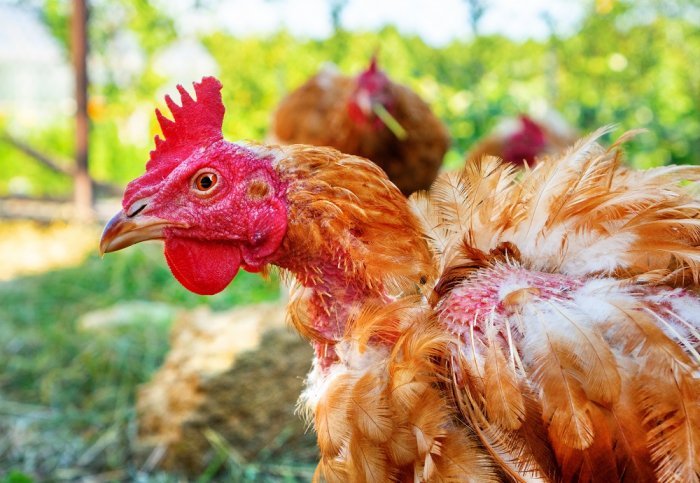Mallophagous lice
Goniocotes gallinae, Menacanthus sp, Goniodes sps, Menopon sp
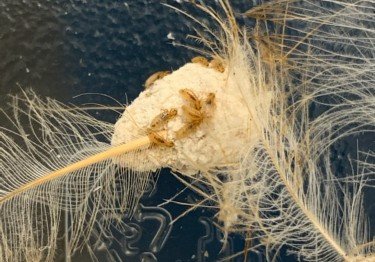
These insects of the Phtiraptera order cause a nuisance to poultry and other livestock. They all consume blood to grow and can be a vector of disease and stress.
Poultry lice
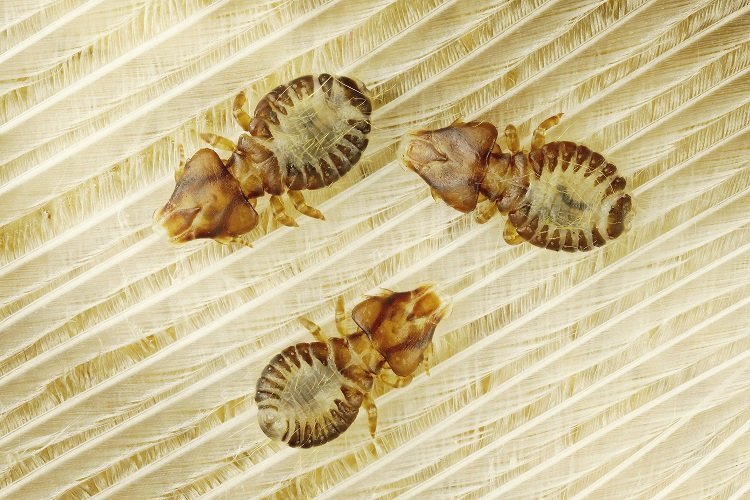
Life cycle
Poultry lice are hemimetabolous insects that feed on blood and feather residue. Several species are incriminated. Egg laying can occur on the base of the feathers and form a kind of foam. Both adults and young are visible in the plumage. Their presence is often associated with feather loss and skin lesions.
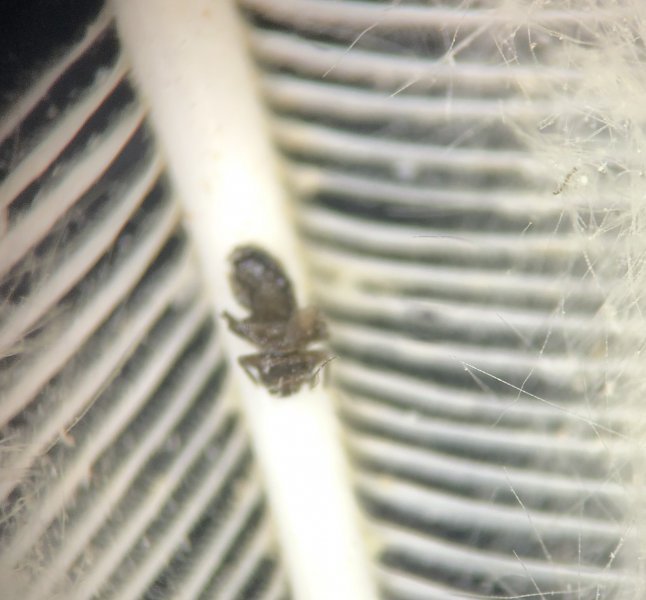
Identification
Generation times depend on the species and can last from 15 to 35 days. This development time is influenced by the temperature and the condition of the host. In most cases the lice are lodged in the feathers or on the skin at the base of the feathers. Some species on the bases of the wings and others on the belly of the animal.
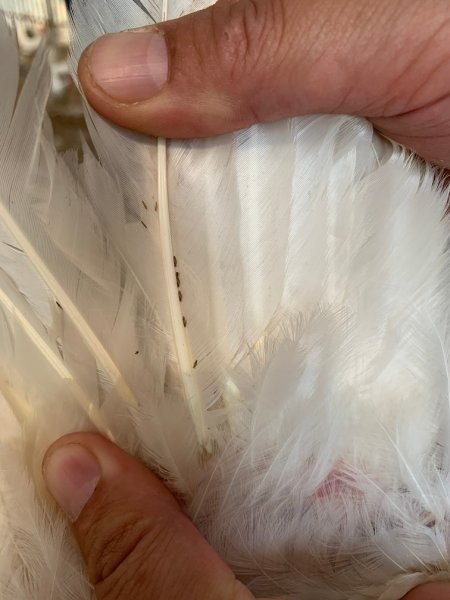
Control methods
Infestations can occur in several species: hens, guinea fowls or turkeys. In poultry production, these lice can be episodic and do not generate any consequences. In the event of a strong presence of repellents in drinking water, physical barriers or treatments insecticides may be recommended. Contact a technician.
Control methods
The repellent solutions in the drinking water can show a certain effectiveness if not to privilege the chemical methods. Poultry lice are generally not very resistant and easy to eliminate on a farm.
